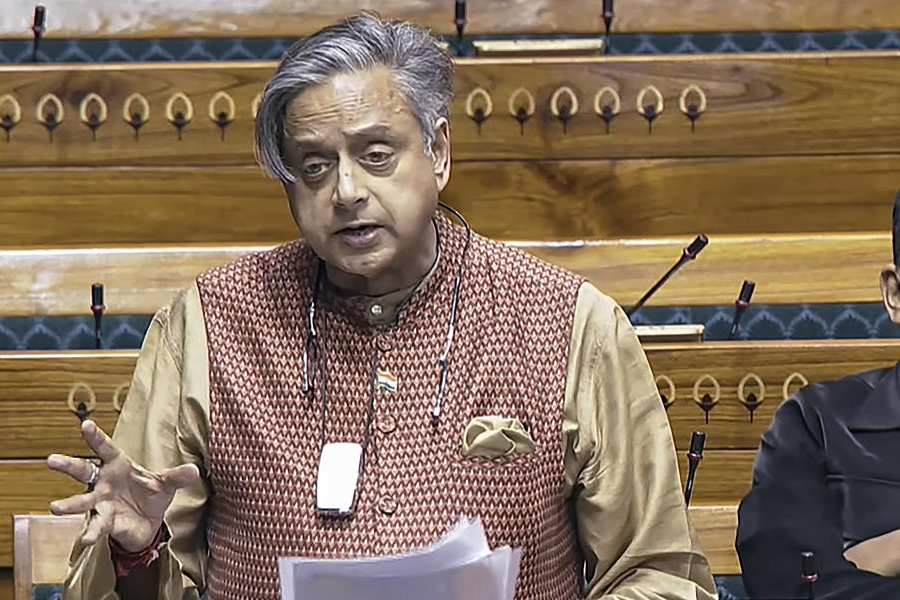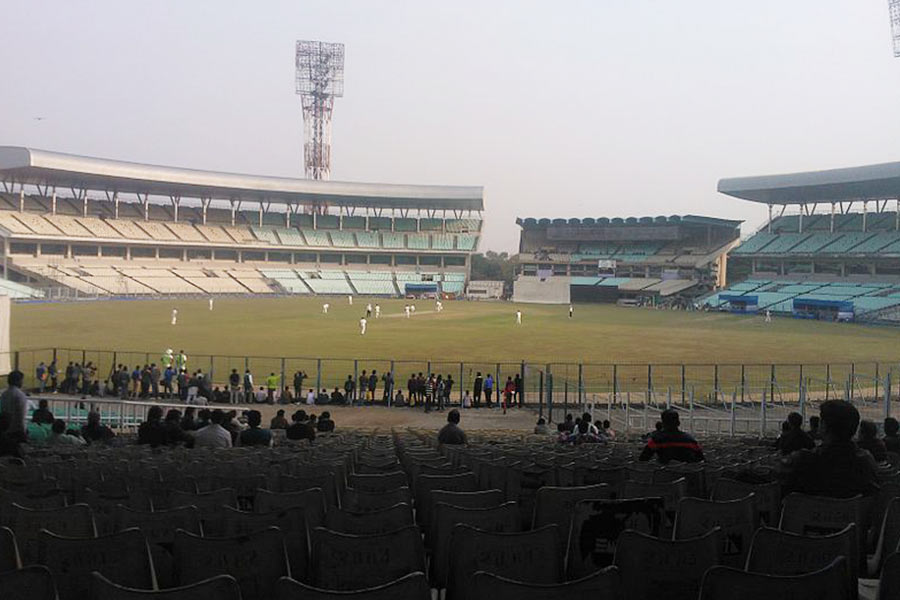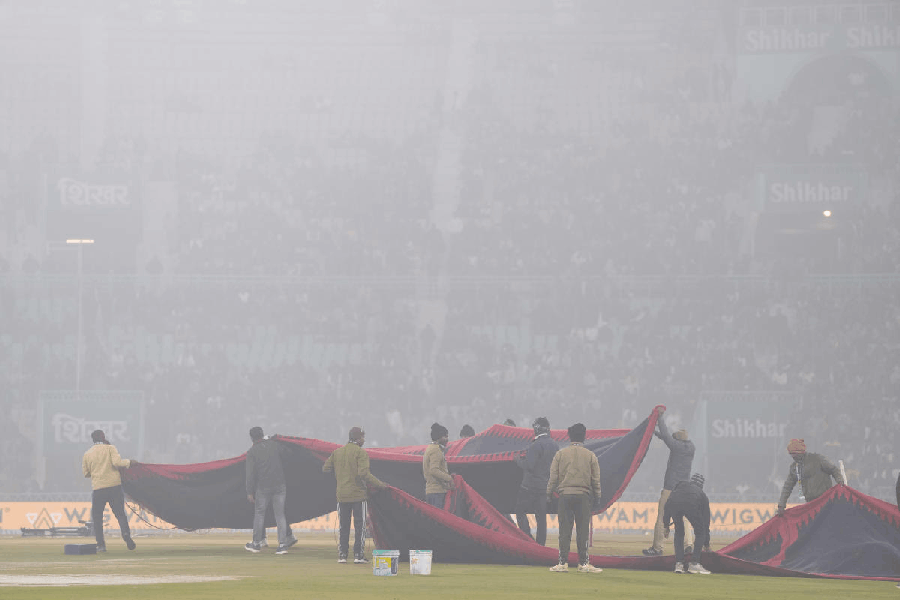 |
Dear Julia: I follow your Twitter and see you’re in New York for Mercedes-Benz Fashion Week. I’m a big fashionista myself and I’m curious to know how the industry feels about social media. — Social Media Style Maven
Dear SMSM: I know this might come as a shock, but fashion designers are people. (Crazy, right?!) Some traffic in the avant garde, while others stick to classic, time-tested tradition. So it goes with social media. Some have embraced the possibilities with verve, others have been forced to grudgingly use it by their PR people. Because I’d like to continue to cover Fashion Week, I won’t hint at who the latter are, but I will say this: When confronted with anything newfangled, experimental or just plain unfamiliar, those in even the most innovative of professions (fashion being one of them) can panic.
Why? Because the gatekeepers lose control when trampled by aficionados armed only with their iPhone, their autonomy and their attitude. The new fashion elite aren’t beholden to anyone — and they tweet and post what they really think, loyalties be damned.
“Social media has made fashion very accessible,” says BagSnob. com co-founder Tina Craig, cradling a hot-pink Birkin bag between shows at the tents. “In the past, you had to wait until Vogue or Elle came out with their trends six months later. I was at DKNY (Donna Karan New York) earlier today and already did a post on their bags. We’ve made it faster and more opinionated — we’re the friend next door, and that really resonates with women. That’s where everyone gets their fashion inspiration now: blogs!”
Dear Julia: I’ve noticed a bunch of Fashion Week shows livestreaming for the first time this weekend, which is really cool because I don’t live in New York. What’s the deal? — Glued to my YouTube
Dear YouTube: This is my ninth season covering Fashion Week, and when I first started discussing livestreaming the shows in 2008, the idea was not — shall we say — well-received. At all. The designers’ concerns centred around one core issue: Creating demand for a product that does not yet exist is a dicey business proposition. In other words, how does it benefit, say, Michael Kors to display his new collection to the world only to say, “Oh, I’m sorry, you might love, love, love that fabulous dress, but it won’t be available for purchase until February.” And by February, that same fabulous dress is old news — old news being, of course, the fashion industry’s worst nightmare, dahhling.
In this post-“Project-Runway” world, it’s hard to remember that fashion shows were, until quite recently, trade events for industry insiders: buyers and editors who needed a six-month lead time to get the clothes into their stores and onto the pages of their magazines. The consumer or fan wasn’t a part of that equation.
So what happened? Why are most designers now livestreaming, either on their individual sites or in conjunction with YouTube (YouTube.com/LiveRunway)? Have they resolved the demand-supply issue? In a word: nope! What they have realised, however, is that the future is now, and they can’t fight it.
As Diane von Furstenberg said to me before her show last week, “Usually I’m against (livestreaming), but today I said I can’t go against the world. Since everybody else is, I will.”
With the rise of fashion bloggers posting live updates from shows, instant access to the catwalk is an inevitability, so designers might as well embrace the advantages: inclusion, democratisation, creation of new brand devotees.
“We have a lot of customers and fans who want to be a part of fashion week,” designer Tracey Reese said of her decision to livestream. “It’s invited people behind the scenes. A lot of people are curious: What goes into making clothes and how do you get your inspiration? We wouldn’t want to shut them out from all the excitement just because they’re thousands of miles away!”
Designer Derek Lam agreed. “It’s become such an important way of doing business and letting people know what we’re about,” he said. “We have a limited audience in terms of how many people can come to the show, but livestreaming is great because you get to participate in the moment. It’s exciting for fans to be able to see it alongside people in the front row.”










